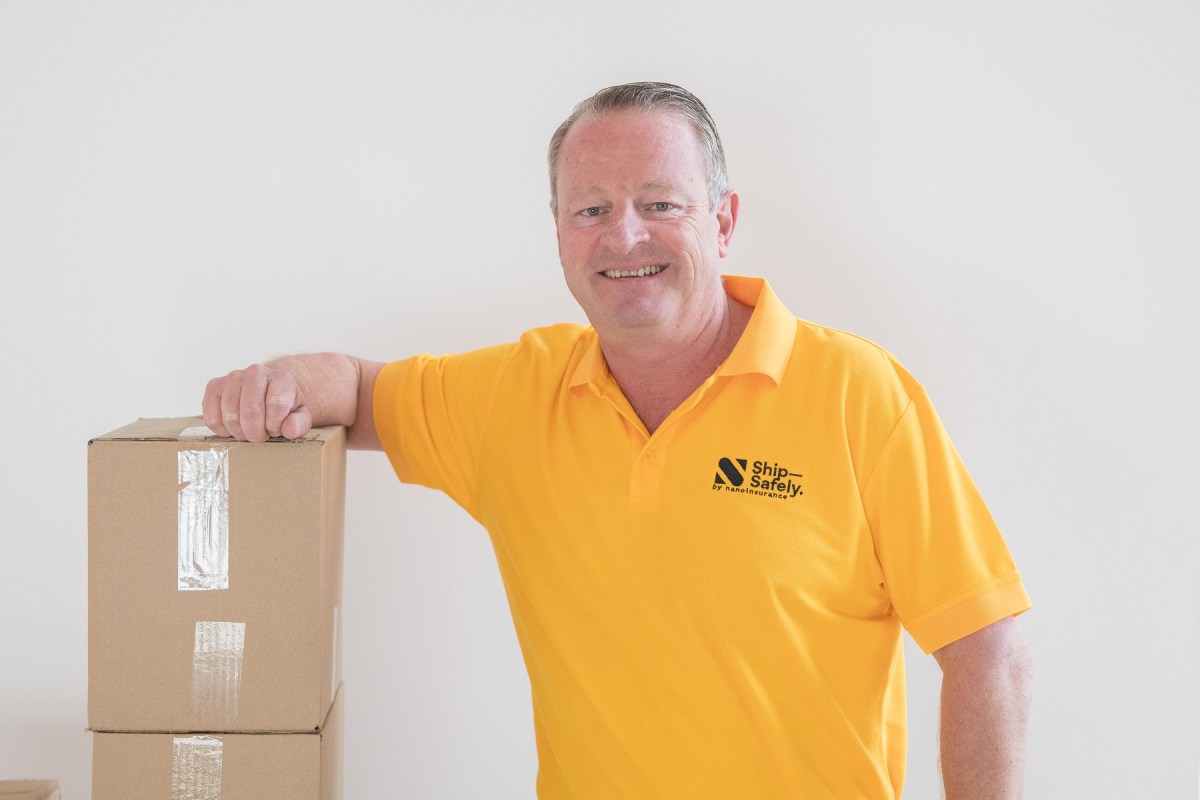More than half of Australian online shoppers have had their purchases arrived damaged or not at all due to being lost or stolen, and the majority are looking at better ways to protect themselves, according to a new survey commissioned by Australian fintech, Ship-Safely.
Ship-Safely has developed a low cost, innovative shipping protection service that resolves damaged, lost or stolen parcel deliveries by arranging a replacement to be sent within 48 hours of the required information being lodged.
The service can be added at online checkouts, ensuring that goods are replaced quickly from as little as US$1.50 for purchases up to US$100 or 1.5% of the cart total up to a maximum of US$5,000.
Ship-Safely has just launched the global product offering following a six-month pilot program with 100 online merchants, spanning Australia, the US and Europe.
Ship-Safely CEO and co-founder, Darren Milne said the issue of damaged, lost or stolen parcels was sweeping the world and was only worsening.
“We all know someone that has had a parcel arrive damaged or not at all, and unfortunately this can mean significant time and money implications for consumers and also the online retailers, through no fault of their own,” he said.
The research also showed that more than one-quarter of consumers (31%) had their Christmas presents damaged, lost or stolen with 75% of these gifts valued at over $50. Of those who had their Christmas gifts damaged lost or stolen, almost two-thirds (63%) either had to buy another gift or give the gift after Christmas when a replacement was delivered.
Milne said it was clear that damaged, lost or stolen deliveries was a real issue for consumers and also online retailers, who were often the first port of call when delivery issues occur.
“Online consumers are looking for better solutions to these significant delivery issues, particularly as they are increasingly relying on online retailers to buy their goods. Our research shows they are tired of delays in resolving issues, with almost half saying it had taken them days, weeks or even months to get an outcome, with 5% never seeing the problem sorted out at all and others completely giving up hope,” he said.

